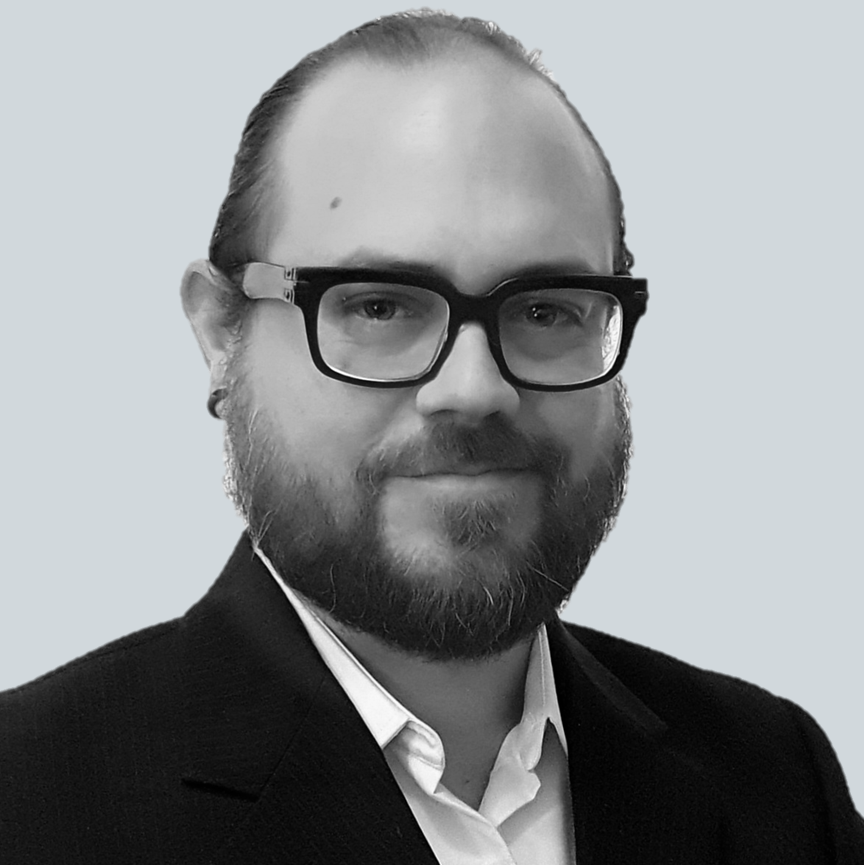Manuel Guizar-Sicairos
Paul Scherrer Institut, SwitzerlandFor seminal contributions to methods and applications of coherent lensless imaging, ptychography, x-ray nanotomography, and new modalities of x-ray microscopy.

Manuel Guizar-Sicairos has been supported by wonderful mentors since his days as an undergraduate. At the Tecnológico de Monterrey, Mexico, Manuel’s master’s advisor was Julio Gutiérrez-Vega. Julio guided Manuel and motivated him to continue to pursue research as a career. When Manuel moved to the University of Rochester to pursue a PhD, he met James Fienup and Miguel Alonso, two more excellent mentors. James, Manuel’s PhD advisor, had a unique funding arrangement that allowed Manuel to pursue any research direction they wanted, so long as it was related to imaging. Manuel seized this opportunity to explore his interests and ultimately landed on x-rays. Along the way, James and Miguel supported Manuel’s exploration and guided him into a rewarding area of research. All three mentors continue to advise and support Manuel today.
Since his PhD, Manuel has continued researching and developing x-ray nanoimaging using coherent lensless imaging techniques, specifically ptychography. The x-rays are generated by sychtrotron sources. At the Paul Scherrer Institut in Switzerland, Manuel’s current position, they are working on 3D ptychography and nanoscale resolution. This work serves a wide range of applications, including medicine, biology, and materials. He loves many parts of the research process, but his favorite is seeing how excited other scientists are about their projects. Last year, he got the opportunity to work with some paleontologists, who brought in fossil samples to be analyzed using x-ray imaging technology. Manuel was excited to hear all about how the group found the fossil and could help them create 3D images that they could use. He says, “I find it really rewarding to contribute, even from a technical side, to provide the images for all these directions.”
Looking toward the future, Manuel has recently started to enjoy thinking with a more “fantastic mind” about new techniques and applications. The field as a whole is moving into new technologies with the development of fourth-generation synchrotrons. He says this new technology will have direct benefits for ptychography and nanoscale imaging through faster speeds, increases in resolution and even new techniques. He comments, “There is a lot of potential, investment, and development of these new sources…I think there will be a lot of exciting things coming.” Starting in 2023, construction will begin on an upgrade to the Swiss Light Source. The light will be available by 2025, and he can’t wait to start working with it.
Manuel’s advice to young scientists is to be honest about their motivations. He says that science can be a difficult career with frequent moves, challenging research, and other unknowns. His own challenges came from moving to different countries and being far from family and friends, but he was able to rely on his passion and interest to carry him through tough times. Manuel shares, “I think to be successful in science is to be passionate…when science gives you real joy, that is when you can really push it and grow.” His passion has served him well throughout his career and has led to his election to Fellow this year. He is very proud to be elected and says, “I still remember going to conferences like Frontiers in Optics, meeting Fellows, and being a bit starstruck…I think this will have a big impact on my future career, and I wear this distinction with a lot of pride.”
Photo Credit: Manuel Guizar-Sicairos
Profile written by Samantha Hornback
